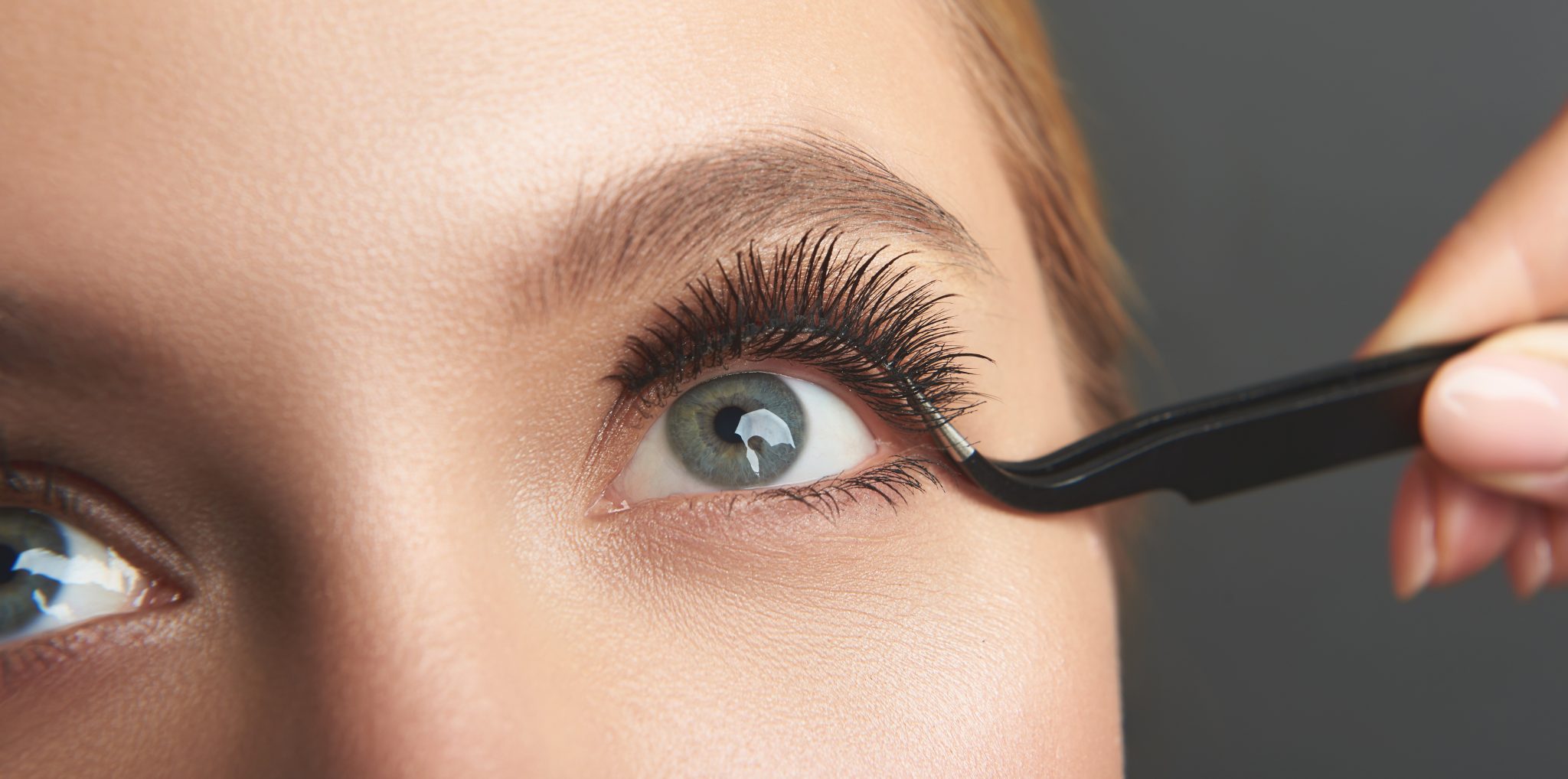Each year, on the second Thursday in October, the world celebrates World Sight Day - a global awareness day focusing attention on blindness and vision impairment, which in Australia is estimated to impact more than 453,000 people.
Often around this time of year there is one important statistic promoted by eye health advocates.
That being, the majority (90 per cent) of vision loss and blindness is preventable or treatable when identified early.
It’s a concerning statistic that will hopefully remind Australians to look after their sight and eye health by scheduling regular eye examinations, particularly given many eye diseases show no obvious symptoms and can sneak up silently. While we may have been preoccupied with the global pandemic in recent months, this is no reason to neglect the health of our eyes, which is arguably our most important sense.
With this in mind and the fact that more than a third of the nation fails to undergo regular eye examinations, here are some questions we’re frequently asked.
How often should Australians visit their optometrist?
Optometry Australia recommends regular eye examinations should commence from before starting primary school and then regularly throughout life, typically every two to three years.
However, Australians should visit an optometrist immediately if they notice changes to their vision. If you experience any of the following, schedule an appointment with your optometrist immediately.
- Loss of vision
- Blurred, hazy or double vision
- Severe, sudden or recurrant eye pain
- Seeing flashes of light or sudden dark floating spots
- Unusual or painful sensitivity to light or glare
- Swollen, red eyes
- Excessive discharge (gunk) from the eyes - particularly if green or yellow
For Australians wearing glasses or contact lenses most prescriptions expire after around two years, so it’s vital to visit an optometrist to ensure your lenses are providing the most appropriate correction for your eyes.
What happens in an eye examination?
Each eye examination will be tailored to test individual needs and, if present, symptoms. Generally, after discussing visual requirements and any problems you may have, your optometrist will use a series of tests to determine if corrective lenses or other intervention is needed.
Some tests require you to respond to a series of eye charts, whilst others will test the internal and external structures of your eyes to ensure your eyes are working as a team and to assess your ability to focus.
Your optometrist will also look for signs of cataracts, glaucoma, macular degeneration, and other diseases such as high blood pressure or diabetes. If something’s not looking right, your optometrist will talk through your treatment options or provide a referral to a relevant health professional.
The good news is eye examinations are pain-free, so there’s no excuse to avoid the optometrist!
How do I find my local optometrist?
To find your local optometrist you can simply use our Find an Optometrist search function, found on each page of this website.
During the COVID-19 pandemic there are a range of consultation options available to suit your needs, including face-to-face patient care and tele-health.





